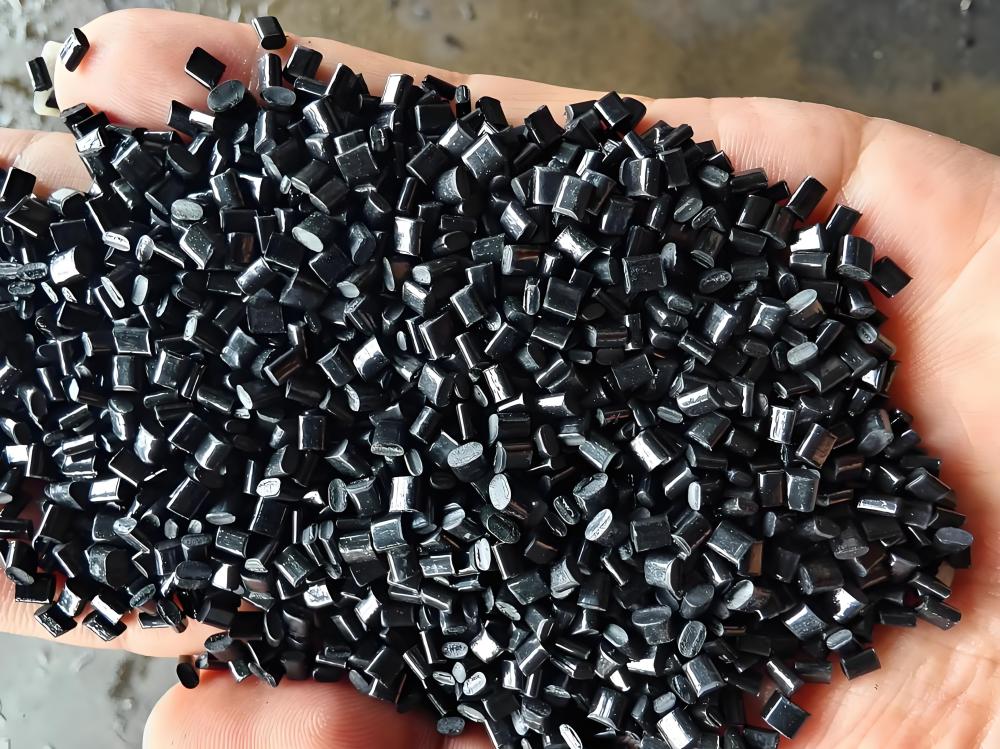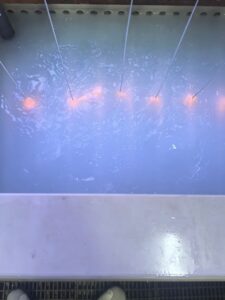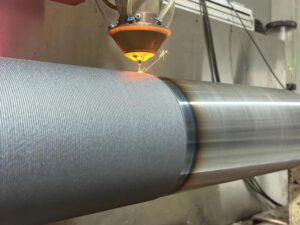Polystyrene is a powerhouse material shaping industries worldwide, from packaging to construction. Its affordability, lightweight nature, and adaptability make it a favorite among manufacturers, especially in precision machining. This blog delves into the essentials of polystyrene, offering insights into its production, applications, and unique properties. Whether you’re curious about its role in everyday products or its industrial applications, this guide provides a comprehensive look at why polystyrene remains a go-to material for global businesses.
What Is Polystyrene?
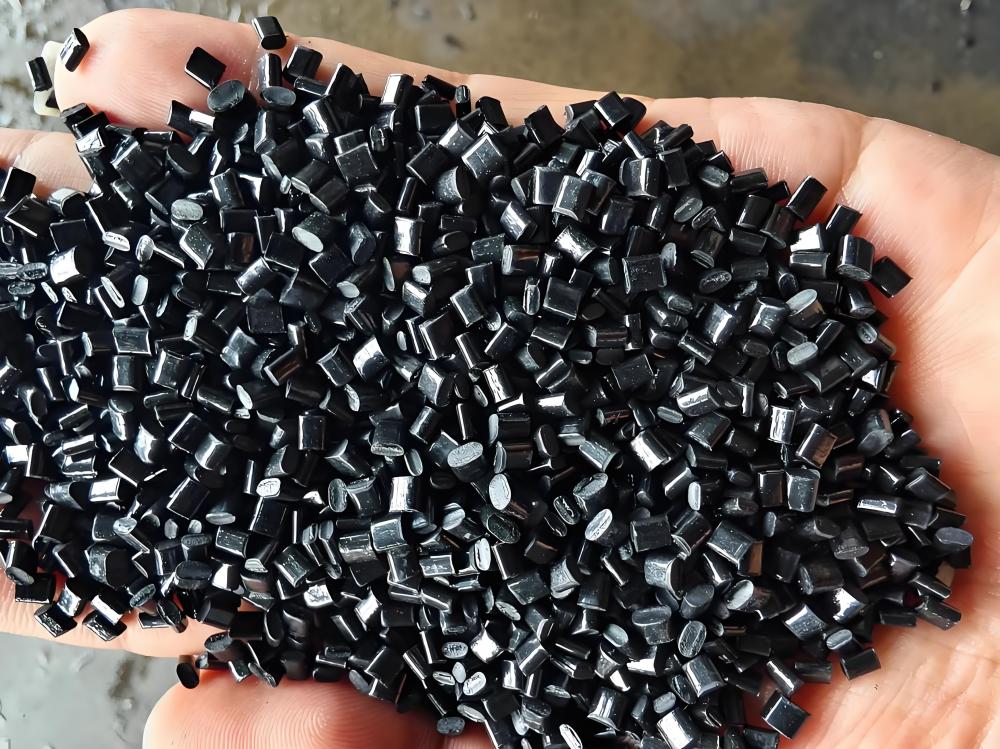
Polystyrene is a synthetic polymer derived from styrene, a petroleum-based liquid. This versatile plastic can be rigid or foamed, depending on its intended use. Its lightweight structure, cost-effectiveness, and moldability make it ideal for a wide range of applications. In industries like machining, polystyrene’s ease of shaping and durability are highly valued, enabling manufacturers to create precise components efficiently.
The material’s chemical makeup allows it to be both strong and flexible, offering a balance that suits products like protective packaging and insulation panels. Its widespread use reflects its ability to meet diverse needs, from consumer goods to specialized industrial parts, making it a cornerstone of modern manufacturing.
What Are the Types of Polystyrene?
Polystyrene comes in several forms, each designed for specific purposes. Understanding these types helps manufacturers choose the right variant for their projects.
General-Purpose Polystyrene (GPPS)
Known as crystal polystyrene, GPPS is transparent, rigid, and cost-effective. It’s used in products like disposable cutlery, CD jewel cases, and lab equipment due to its clarity and ease of molding. While less impact-resistant, its aesthetic appeal makes it popular for visual applications.
Expanded Polystyrene (EPS)
EPS, often called polystyrene foam, is lightweight and composed mostly of air. Created by expanding styrene beads with steam, it’s perfect for insulation, packaging, and cushioning. Its shock-absorbing qualities protect fragile items during shipping, making it a logistics favorite.
High-Impact Polystyrene (HIPS)
HIPS blends polystyrene with rubber to enhance durability, making it ideal for tougher applications like appliance housings, toys, and automotive parts. Its balance of strength and machinability suits industries requiring robust yet affordable materials.
Each type offers distinct advantages, allowing manufacturers to tailor their choice to specific project demands, whether for aesthetics, insulation, or durability.
How Is Polystyrene Made?
The production of polystyrene is a multi-step process that transforms raw materials into a versatile plastic. It starts with styrene, a monomer sourced from petroleum or natural gas byproducts, which undergoes polymerization to form polystyrene.
Polymerization and Expansion
For GPPS, styrene is polymerized using heat or catalysts, creating a solid, transparent plastic. EPS production involves impregnating styrene beads with a blowing agent, like pentane, then steaming them to expand up to 40 times their size, resulting in a lightweight, foamy material. HIPS incorporates rubber during polymerization to boost impact resistance, enhancing its toughness for demanding applications.
Shaping and Machining
Once formed, polystyrene can be molded into sheets, films, or custom shapes through injection molding, extrusion, or other precision techniques. These methods are critical in machining, where accuracy is paramount. Polystyrene’s workability allows manufacturers to craft intricate components with ease, supporting industries from packaging to construction.
What Is Polystyrene Used For?
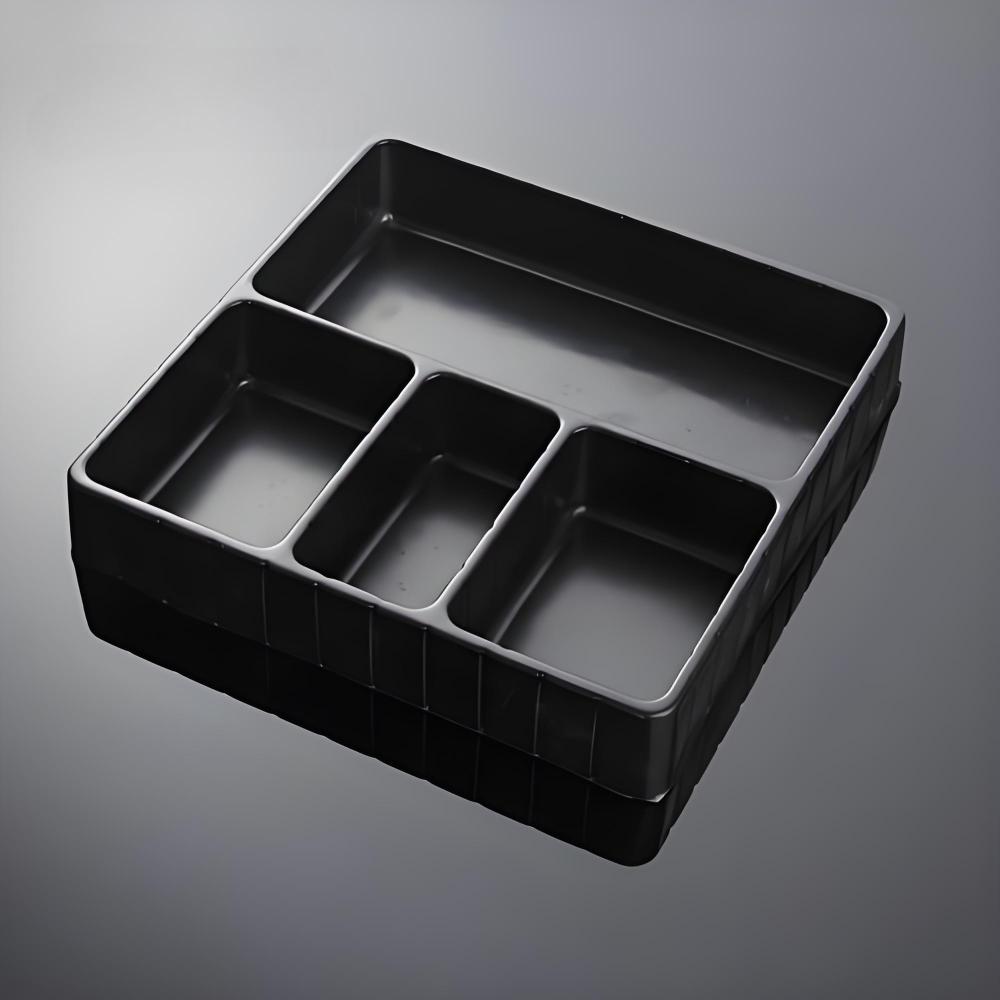
Polystyrene’s adaptability makes it indispensable across multiple sectors. Its applications highlight its ability to meet both practical and specialized needs.
Protective Packaging
EPS is a staple in packaging, used in foam peanuts, molded casings, and shipping containers. Its lightweight nature cuts transport costs, while its cushioning protects electronics, glassware, and other delicate items during transit.
Construction and Insulation
In construction, EPS provides excellent thermal and sound insulation for walls, roofs, and foundations. Its energy-saving properties make buildings more efficient, while its moldability suits decorative elements like architectural panels.
Consumer and Medical Products
GPPS and HIPS appear in everyday items like disposable cups, refrigerator linings, and toy components. In healthcare, polystyrene is used for petri dishes, test tubes, and diagnostic equipment due to its clarity and ability to be sterilized.
Precision Machining Applications
In machining, polystyrene’s ease of cutting and shaping supports the creation of prototypes, custom parts, and lightweight components. Its compatibility with precision tools makes it a reliable choice for manufacturers seeking quality and efficiency.
Advantages and Disadvantages of Polystyrene
Polystyrene’s strengths and limitations shape its use in manufacturing. Understanding these factors helps businesses make informed decisions.
Advantages
- Affordability: Polystyrene’s low cost supports large-scale production without breaking budgets.
- Lightweight Design: EPS’s air-filled structure reduces weight, ideal for shipping and handling.
- Versatility: Multiple forms cater to diverse applications, from packaging to insulation.
- Thermal Insulation: EPS excels in maintaining temperatures, boosting energy efficiency.
- Machinability: Its ease of shaping suits precision manufacturing and prototyping.
Disadvantages
- Environmental Impact: Non-biodegradable polystyrene can contribute to waste if not recycled properly.
- Brittleness in GPPS: Its rigidity limits use in high-impact scenarios.
- Low Heat Resistance: Polystyrene melts at lower temperatures, restricting its use in hot environments.
- Recycling Hurdles: Limited recycling infrastructure in some areas complicates disposal.
Balancing these factors allows manufacturers to leverage polystyrene’s benefits while addressing its challenges.
Why Choose Precionn for Your Polystyrene Machining Needs?
Polystyrene’s role in manufacturing is undeniable, and companies like Precionn are at the forefront of harnessing its potential. Specializing in precision machining, Precionn delivers high-quality components for international clients, leveraging materials like polystyrene to meet diverse project needs. With a focus on innovation and accuracy, Precionn ensures every product meets rigorous standards.
FAQ: Addressing Common Polystyrene Questions
Yes, polystyrene can be recycled, but the process varies by region. EPS’s high volume and low density require specialized facilities, which may not be widely available. Advances in recycling technology are improving access, so check local programs for guidance.
When used as intended, polystyrene is safe, including for food packaging. However, burning it releases harmful fumes, so proper disposal is critical. Exposure to styrene monomer is a concern during production, but finished products pose minimal risk.
Styrofoam is a brand of extruded polystyrene foam, distinct from EPS or GPPS. While related, Styrofoam’s unique manufacturing process sets it apart, though the terms are often confused in casual use.
EPS’s closed-cell structure makes it highly water-resistant, ideal for insulation and flotation. While not fully waterproof, it resists moisture well, though prolonged exposure may lead to slight absorption.
Polystyrene foam, or EPS, is a lightweight material made by expanding styrene beads. Used in packaging, insulation, and cushioning, its air-filled structure offers excellent shock absorption and thermal resistance.

